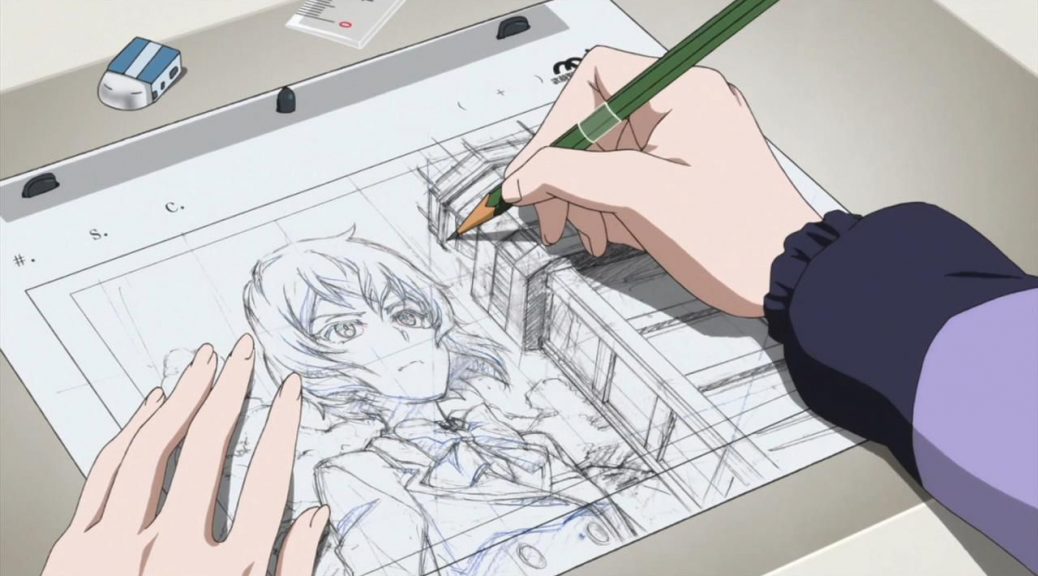Exactly How Anime is Made
Have you ever wondered how anime is made? For the majority of us, anime manufacturing is all smoke and mirrors. The range between the principle art and the ended up work of art is the length of a regular 12-week season. Truth be told, unless you're well-versed in Japanese, the manufacturing process regulating Japanese computer animation is shrouded in enigma. Attempting to find out more will lead you down a rabbit hole of terms like essential animator, in-between animator, computer animation director, episode supervisor, art director, and personality developer. Exactly how anime is made in Japan is extremely different from just how you would certainly assume; most of the times, it is much more of a liquid (read: chaotic) process than you would certainly anticipate.
The Art of Computer animation
Computer animation manufacturing is an unpleasant, untidy affair. Disorderly scheduling, ground timelines, missed target dates, as well as rampant incompetence are all job-related dangers any individual working in a small, start-up setting is well-acquainted with.

Anime is additionally a labor of love and one that calls for the skills of many people, along with the patience of a choose couple of. Besides, it is one that calls for several, lots of steps. The success of even one episode is no small task, and one error can have alarming consequences for the entire manufacturing. Dig deeper as well as you'll find manufacturing timetables and color-coded checklists that are right stuff of problems. Many spread sheets, numerous signatures.
I'll do my ideal to offer a detailed review of the process, describing the significant actions and the major players. In doing so, I want to show how hard it is to make a respectable anime, not to mention a wonderful one, while reigniting your love for the tool. Above all, apologies in advance for any mistakes or mistakes; I am, by no means, an expert on anime manufacturing.
The Production Process (i.e. Manufacturing Challenges).
Pre-production.
This is the preparation and also financing phase. The anime production company (e.g. Aniplex, Bandai Visual, Kadokawa Shoten, Horse Canyon, Sony, Toho, Viz Media) supervises of fronting expenses for staffing, broadcasting, and distribution. Basically, they pay studios to make it, tv terminals to air it, as well as the licensor to distribute it domestically and also globally. Most of all, they accumulate the benefit from the sales. Occasionally, numerous production firms are involved in a solitary anime. Studios (e.g. A-1 Photos, Bones, J.C. Staff, Kyoto Computer Animation, Madhouse, Production I.G, Workshop Ghibli, Trigger) are the ones who staff, pay, as well as develop the real anime. If the anime is an initial suggestion, the workshop will in some cases aid front the expenses.
Putting together the Group.
The director is the imaginative head honcho and also is, typically, the one that personnels the show. When it involves staffing, each workshop functions in a different way. Some have full time internal animators, colorists, editors, and also production desks, while others will have a permanent team of core individuals from each department as well as a large network of consultants. Then there are the workshops that contract out the work totally to consultants.
Storyboards.
The director is normally in charge of the storyboards, also. In long-running TV-anime, in contrast to seasonal anime, storyboards typically are up to various storyboarders. In an excellent world, the storyboards would certainly be totally completed prior to an episode enters into production. This would provide the rest of the team the opportunity to expand a natural, totally understood story; nevertheless, that rarely ever before happens, and often episodes are in-production as the storyboards are still being worked out. It's a nightmare, really.
Layouts.
Successive is formats. Under the supervision of the supervisor, episode director, and also in some cases producer, the layout supervisor will fill in the information for cuts (scenes, generally determined by the use a single history). This involves arranging the main animated image or "cels" (shown in warm colors) versus the backgrounds (received get more info awesome shades) with descriptions of just how the electronic camera need to relocate. In other words, the design director is framing each cut as well as taking a look at general structure.

Computer animation.
Once layouts are done, the manufacturing aide gives them to the key animators. They're the ones who bring the pictures to life. The finished cuts then most likely to the episode's computer animation director, who checks for consistency and top quality. If the cuts obtain the consent, they go to the in-between animator. This job is typically contracted out to less seasoned animators with less expensive prices. The in-between frameworks are sent to the in-between manager to ensure they follow the top quality and structures of the vital animation. If a cut is turned down at any stage, it is returned for revisions.
Digitized.
Ultimately, once the animation is done, the tinting group, managed by the shade designer, digitizes, cleans, as well as colors the cuts. Now, the cuts are described as cels (or digicels). The colorist places the colored cels versus the history art (as defined in the layouts) and also adds in any kind of 3DCGs under the supervision of the 3DCG manager. The last of in-production is filming, in which structure, special impacts, and modifying are finalized.
Post-Production.
With the end in sight, the production assistant sends out the last cels to the recording supervisor for post-production. The recording supervisor manages the "dubbing" process in which the post-production groups include the voice acting, sound effects, as well as music. That ends the life cycle of one cut in anime manufacturing. Lastly, at the end, the editor interlaces, combines, edits, and after that creates all the finished cuts. Meanwhile, the supervisor and episode director are checking in at each stage to make sure the ended up item measures up to their vision. The core routing group then evaluates the finished episode and also provides feedback or their last authorization.